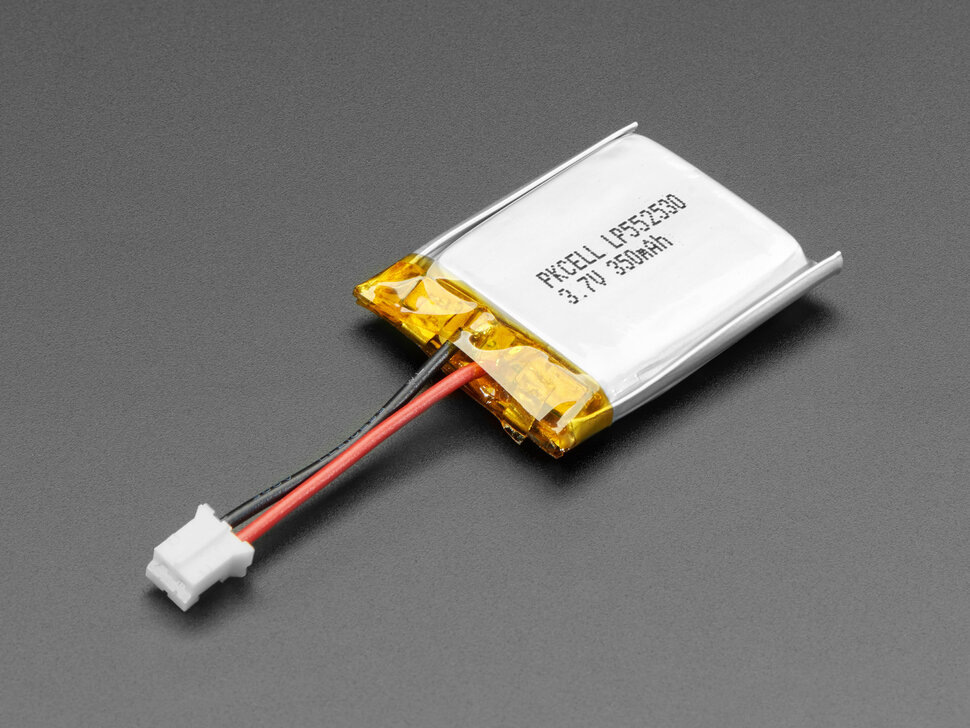
Battery Calculators: Size, Weight, and Capacity
We are looking at what type of battery we can use in an animal-borne bio-logger. It is advised that a bio-logger should not exceed 5% of an animals natural weight (Portugal & White, 2018), however, this largely depends on the form of the device and implant location. This calculator assumes you know the dimensions of the implantable volume (e.g., a subcutaneous pocket) and estimates battery capacity and weight from that based on lithium polymer battery data scraped from IBT Power and Padre Electronics (see more on fitting these data below).
Another question is: given a specific weight (say, 5% of an animal’s weight) how much battery can I implant? I used the batteries on Adafruit’s website to determine this relationship, which fits a linear trend.
Given a battery’s capacity you can estimate its lifetime. In this calculator, I have included an input for duty cycle, which can be thought of as the percentage of the day the battery is actually being used. For example, electronics might be put into a low-power mode (requiring negligable current) for 6 hours out of the day, in which case the duty cycle is 25%.
Future Work
Given that there are hundreds of different battery sizes to choose from, it might be interesting to have a tool that finds the optimal battery sizes to fill a volume (see the knapsack problem and an implementation in PHP) . I also think optimal placement is a major hurdle. Load bearing could be modeled for different species. However, evolutionary biology and animal behavior may more quickly converge on important insights: how do mothers carry their young? how do predators carry their prey? where are fat stores deposited on an animal? can progressive loading (i.e. training) increase overall capacity?
Raw Data with Best Fit Equations
Battery Capacity from Volume
I was curious if the relationship between lithium polymer battery capacity and volume is linear. I gathered 628 unique part numbers from Padre Electronics and plotted them. As you can appreciate, the relationship is indeed linear, suggesting that there is no advantage of filling a volume with one large battery over several smaller ones.
Battery Capacity from Weight
I used 100 data points from IBT Power as their data included weight.
Battery Weight from Capacity
Recent Comments
Archives
- April 2023
- January 2023
- November 2022
- May 2022
- March 2022
- January 2022
- December 2021
- April 2021
- December 2020
- October 2020
- August 2020
- July 2020
- March 2020
- February 2020
- January 2020
- December 2019
- November 2019
- October 2019
- January 2019
- December 2018
- November 2018
- August 2018
- July 2018
- April 2018
- March 2018
- November 2017
- October 2017
- February 2017
- October 2016
- August 2016
- July 2016
- November 2015
- October 2013
- February 2013
- January 2013
- August 2012
- July 2012
- June 2012
- May 2012
- April 2012
- February 2012
- December 2011
